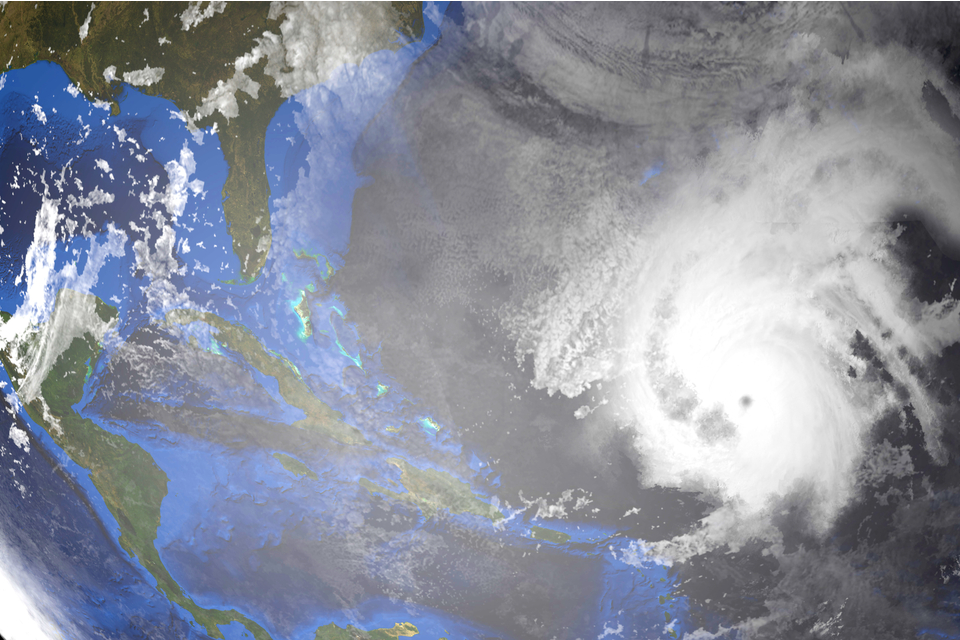Engineers at Rice University have developed a deep learning system that can accurately predict extreme weather events. The system can make its forecast five days ahead, and with minimal data.
Weather forecasts have become more accurate since computer-based numerical weather prediction (NWP) was first introduced in the 1950s. But it’s still far from perfect.
Despite the improved models of the atmosphere and advanced computers, it’s still tricky for NWP to forecast extreme events. Examples of such events include the heat waves in France in 2003 and Russia in 2010.
But why?
Pedram Hassanzadeh, an assistant professor of Earth, environmental and planetary sciences at Rice, said:
“It may be that we need faster supercomputers to solve the governing equations of the numerical weather prediction models at higher resolutions.”
The researcher also pointed out that we don’t fully understand the physics and precursor conditions that lead to extreme weather events.
Without the requisite knowledge, we can’t produce an accurate equation. An inaccurate equation would provide a flawed forecast, regardless of the computing power.
So, Hassanzadeh and colleagues, Ashesh Chattopadhyay and Ebrahim Nabizadeh considered a new approach.
Rather than handle extreme weather forecasting as a numerical problem, they chose to treat it as a pattern recognition problem. And that’s where deep learning system comes in.
Learning to Recognize Extreme Weather Events Patterns
The researchers’ self-learning capsule neural network uses an analog method of weather forecasting from the 1950s. That’s right; the same ones that computers rendered obsolete.
To train the system, the researchers used hundreds of pairs of maps.
These maps show surface temperatures and air pressures at five kilometers above the Earth. What’s more, each pair shows these conditions several days apart.
The training process includes scenarios that could lead to extreme weather events. For example, the system learned to identify extended hot and cold spells that can result in deadly heat waves or winter storms.
In the end, the system could examine maps that it had not previously seen and made a five-day forecast of extreme weather events. What’s more, it made the predictions with 85 percent accuracy.
“We are not suggesting that at the end of the day, this is going to replace NWP,” Hassanzadeh said. “But, this might be a useful guide for NWP.”
The researcher points out that it could be a cost-effective way to provide some guidance. With such an early-warning, forecasters can focus their NWP resources where an extreme weather event is likely to occur.
Now, the researchers hope to address the weakness of NWP models by extending the forecast time beyond ten days.



















Comments (0)
Most Recent